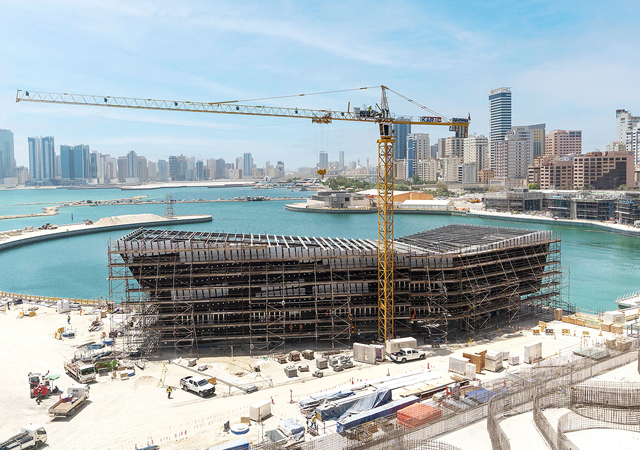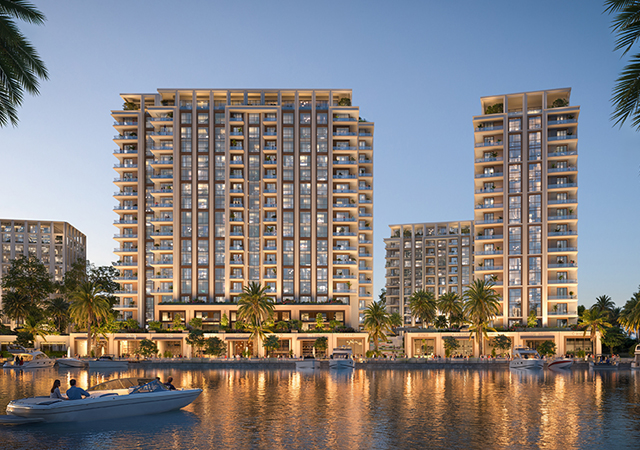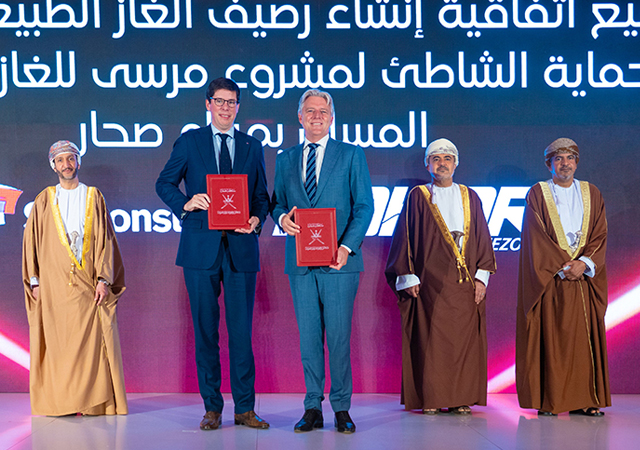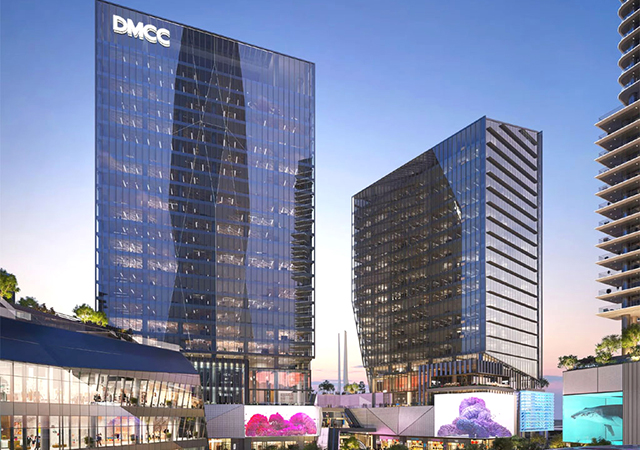

THE American Institute of Architects (AIA), a professional organisation for architects in the US, established AIA Middle East in 2010 to serve its members in the region. AIA Middle East is now the second-largest of all the AIA’s international chapters.
As part of its remit, the AIA produces a comprehensive suite of standard form construction documents known as the AIA Contract Documents, which are widely used on construction projects in the US. No doubt with its previous growth to-date in mind, coupled with the potential for further expansion given the recent upward trajectory in the Middle East construction market, AIA Middle East is keen that its members promote the use of the AIA Contract Documents.
Despite their common usage in the US, the AIA Contract Documents are less well known in other international markets, particularly in the Middle East where the standard forms produced by the International Federation of Consulting Engineers (Fidic) are in wide use. In order to promote their own documents, AIA Middle East members would have to show employers that the AIA forms are in line with current market positions in the region in relation to key construction risks. If they are seen as a departure from these market standards, it may be difficult for the AIA Contract Documents to be seen as an alternative to the more commonly used forms.
The AIA General Conditions of Contract for Construction (A201-2007) is generally regarded as the most commonly used general conditions document on construction projects in the US. It is designed for use on projects where the design has been prepared by or on behalf of the contractor, where the professional team is already in place. As such, it can be seen as the AIA equivalent to Fidic’s General Conditions of Contract (Red Book), the best known of the Fidic documents. It is useful, then, to look at how A201-2007 deals with certain of the key construction risks in comparison with the Red Book.
To take the example of liability for delay, clause 8.4 of the Red Book sets out the entitlements of the contractor to extensions of the time for completion. These entitlements arise from delays caused by variations, exceptionally adverse climatic conditions, unforeseeable labour or goods shortages caused by epidemic or government action and employer-caused delay. There are other entitlements enumerated throughout the remainder of the contract, including delays caused by failure to be granted access to the site and the occurrence of unforeseeable physical conditions. These are generally narrowly-defined entitlements.
Article 8.3.1 of A201-2007, on the other hand, sets out some arguably wider grounds for entitlement, including acts or neglect by the owner (as A201-2007 identifies the employer) and the architect (the contract administrator), causes beyond the contractor’s control and other causes the architect determines justify delay. Employers used to the Red Book position may find these entitlements overly broad and seek to restrict them by way of amendment to the standard form.
A further point of difference emerges in the claims procedure. The claims procedure set out at clause 20.1 of the Red Book is generally considered to be onerous on the contractor. Notice of a claim must be given within 28 days of the date the contractor became, or should have become, aware of the relevant event. A further detailed claim must be made within 42 days of the same date. The submission of notice within 28 days is expressly set out as a condition precedent to entitlement under the claim. Depending on the applicable provisions of the governing law, this could lead to the contractor losing any entitlement to relief.
Article 15.1 of A201-2007 sets out an arguably more “contractor-friendly” position; claims are required to be initiated within 21 days after the later of the date the event occurs or the date the contractor recognises it. The time limit is, therefore, based on the contractor’s actual knowledge, rather than when it should have had such knowledge as in Fidic. This requirement is not set out expressly as a condition precedent to a claim. In addition, Article 15.1.5.1 states that, where an event has a continuing effect, only one claim is required. In such circumstances, the contractor under Clause 8 of the Red Book is required to submit monthly interim claims and a final claim within 28 days of the event ceasing.
In relation to liability, both forms of contract exclude recovery of consequential loss, however, A201-2007 specifically carves out liquidated damages for delay from this exclusion. This is desirable to employers as there may be elements of the liquidated damages which would not be considered to be direct loss. Nevertheless, the employer will wish to recover liquidated damages in full. The A201-2007 position reflects a common amendment to the Red Book.
The above examples are several of many factors which consultants should consider when assisting employers in selecting the appropriate form of building contract. Among the more important factors are the nature of the works, the commercial requirements of the parties and the project, who is responsible for carrying out the design and the basis of pricing to be used. External factors such as funders’ or insurers’ requirements may also be an issue.
Before a decision is made on the appropriate form of contract, whether that is an AIA form, another standard form or a bespoke contract, consideration should be given to all of these factors in the context of the project as a whole. In relation to the AIA Contract Documents in particular, unless both professionals and employers in the market are familiar with these standard forms (and the positions they adopt), they are perhaps less likely to be considered when selecting the form of contract.
*David Johnston is an associate at Norton Rose Fulbright (Middle East) LLP Bahrain office. Norton Rose Fulbright is a leading international legal practice with offices in Europe, the US, Canada, Latin America, Asia, Australia, Africa, the Middle East and Central Asia. Norton Rose Fulbright has had a presence in the Middle East for more than 30 years and has advised developers, lenders, and contractors in relation to the legal aspects of a wide variety of construction and infrastructure projects in the region. With a combined team located in the Abu Dhabi, Bahrain, Riyadh and Dubai offices, Norton Rose Fulbright (Middle East) LLP is able to provide both contentious and non-contentious support to financiers, developers, contractors and specialist contractors in the region. Legal queries related to the construction sector can be addressed to Norton Rose Fulbright (Middle East) LLP through Gulf Construction magazine at editor@gulfconstructionworldwide.com.











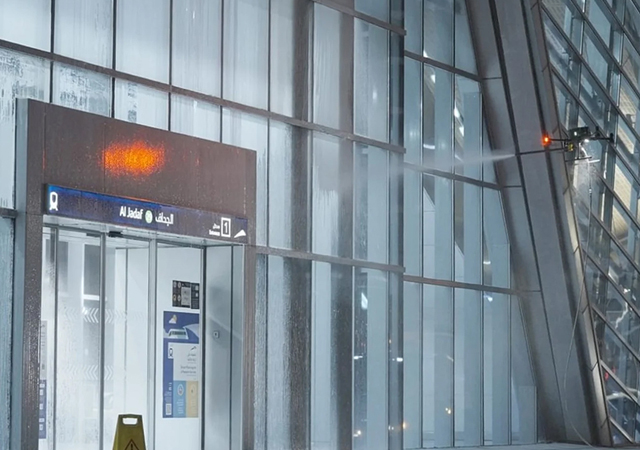
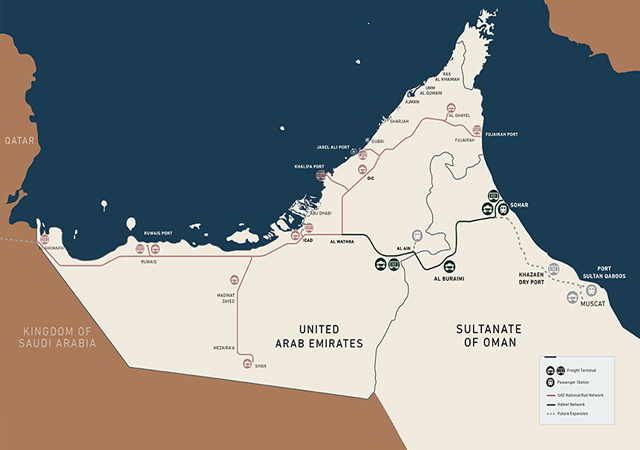
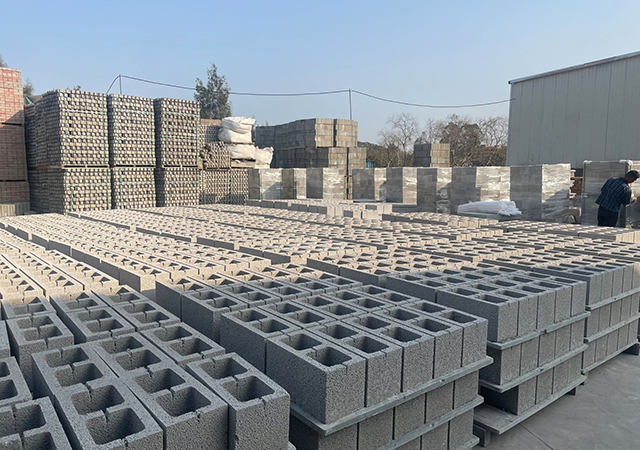


.jpg)
.jpg)
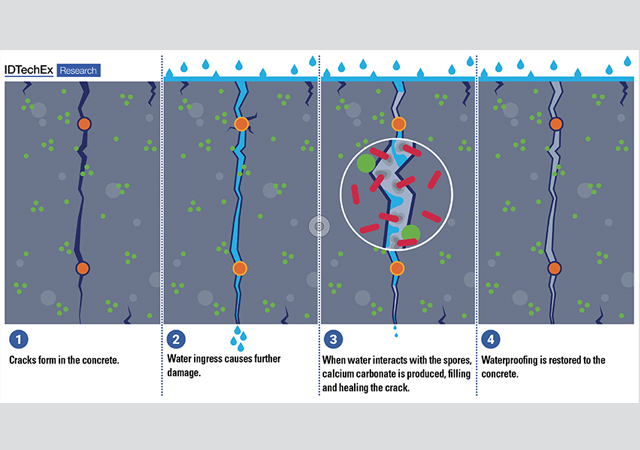
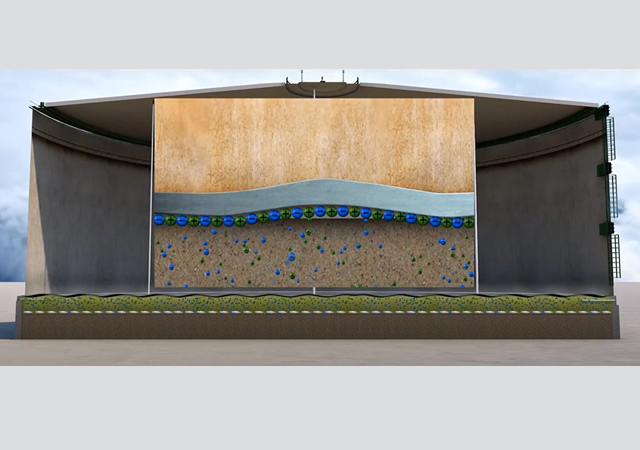
.jpg)
.jpg)

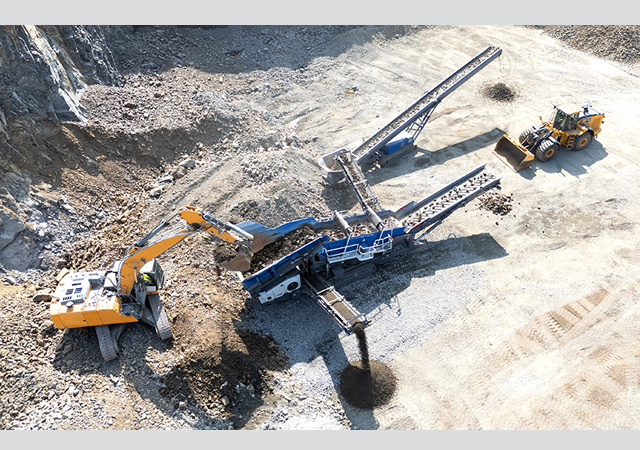
.jpg)
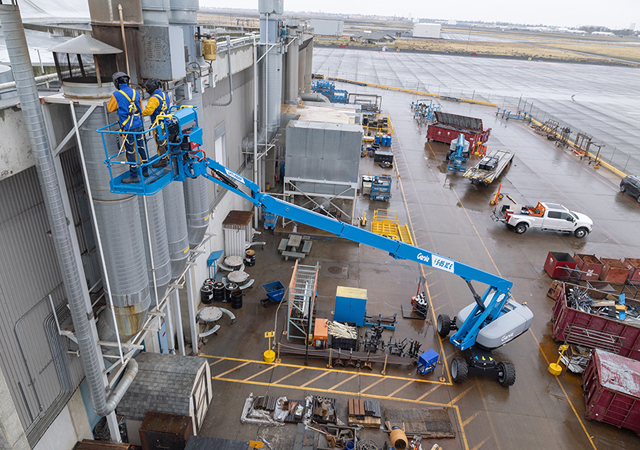



 Doka.jpg)



